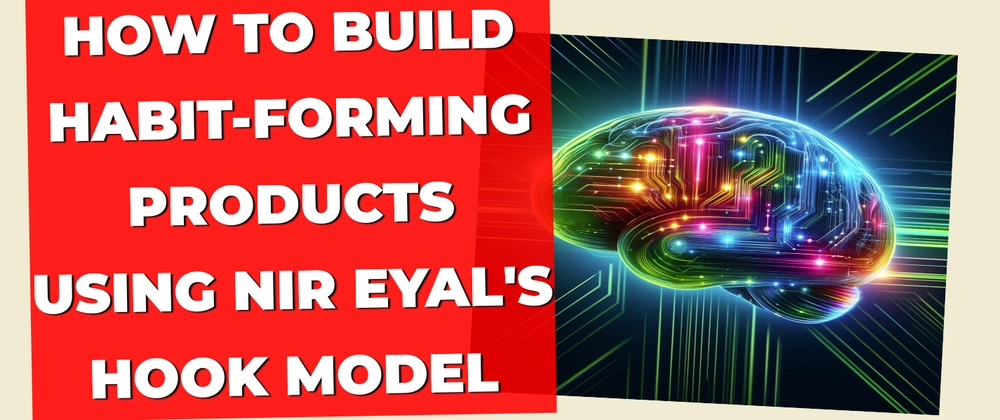Ever wondered why you can’t stop scrolling through social media, checking your emails, or opening your favorite app multiple times a day? It’s not magic—it’s psychology. More specifically, it’s the Hook Model, a powerful framework developed by Nir Eyal that explains how products keep us coming back for more.
If you’re a product designer, developer, or entrepreneur, understanding the Hook Model can help you build products that engage users and encourage repeat usage—ethically, of course! Let’s break it down in a simple, beginner-friendly way.
What is the Hook Model?
The Hook Model is a four-step cycle that drives user behavior and forms habits. It consists of:
- Trigger – What prompts the user to take action?
- Action – What is the simplest behavior in anticipation of a reward?
- Variable Reward – What keeps the user coming back?
- Investment – What increases the likelihood of future engagement?
Each time a user goes through these steps, they’re more likely to return, eventually making the product a part of their daily routine. Let’s explore each stage in more detail.
1. Trigger: The Starting Point
A trigger is what nudges users to take action. Triggers can be external or internal:
- External Triggers: Notifications, emails, ads, or recommendations from friends.
- Internal Triggers: Emotions, thoughts, or routines—like opening an app when bored.
For example, you get a notification from Instagram (external trigger) or feel lonely and instinctively open the app to check messages (internal trigger). Triggers set the cycle in motion.
2. Action: The Simplest Step Forward
Once triggered, the user takes an action—but only if it’s easy and effortless. This action should require minimal effort yet deliver some value.
- Scrolling on TikTok
- Clicking a YouTube thumbnail
The easier the action, the more likely the user is to do it repeatedly.
3. Variable Reward: The Dopamine Rush
Rewards keep users engaged, but not all rewards are created equal. The most engaging products use variable rewards—unpredictable, exciting, and fresh every time.
Think about:
- Social rewards: Likes, comments, retweets
- Content rewards: New posts, memes, or viral videos
- Achievement rewards: Leveling up in a game, unlocking badges
The unpredictability is what makes it addictive. If you knew exactly how many likes your post would get, it wouldn’t be as exciting!
4. Investment: Making Users Stay
The final step is investment—when users put in effort, making them more likely to return. This could be:
- Filling out a profile
- Saving playlists
- Adding friends
The more users invest in a product, the harder it is to leave. Have you ever switched music streaming services and dreaded rebuilding your entire playlist? That’s the investment phase in action!
Ethical Considerations: Use the Hook Model for Good
The Hook Model is powerful, but with great power comes great responsibility. The goal isn’t to manipulate users into addiction but to design experiences that genuinely enhance their lives.
When applying the Hook Model:
✅ Create value, not just engagement
✅ Encourage positive habits
✅ Respect user well-being
Apps like Duolingo use the Hook Model to encourage daily language learning—a habit that benefits users!
Final Thoughts
Understanding Nir Eyal’s Hook Model can help you design products that users love and return to. By leveraging triggers, actions, variable rewards, and investments, you can build habit-forming experiences ethically and effectively.
If you're a software developer who enjoys exploring different technologies and techniques like this one, check out LiveAPI. It’s a super-convenient tool that lets you generate interactive API docs instantly.
So, if you’re working with a codebase that lacks documentation, just use LiveAPI to generate it and save time!
You can instantly try it out here! 🚀



Top comments (0)